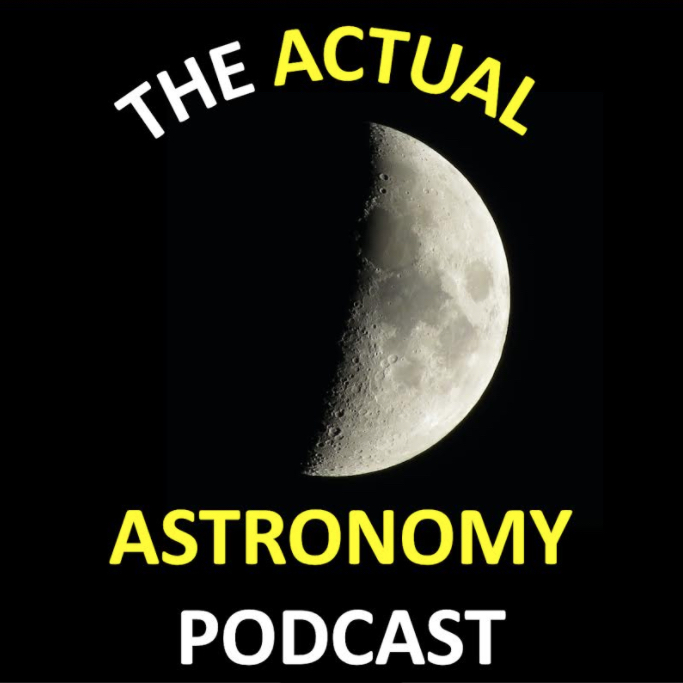Today’s Actual Astronomy talk with the guests from the Mansfield & Sutton Astronomical Society who are constructing a planetarium out of a Victorian era water reservoir. Find out what goes into making an astronomy’s club dream a reality.


Today’s Actual Astronomy talk with the guests from the Mansfield & Sutton Astronomical Society who are constructing a planetarium out of a Victorian era water reservoir. Find out what goes into making an astronomy’s club dream a reality.


How does length contraction work in relativity? Do moving objects really get shorter? What about from their perspective? How are we supposed to make sense of any measurement?]

Here’s a familiar question: How’s the weather? We’re familiar with the weather on Earth. How about exoplanet? for the first time in history, astronomers can now answer that question. Here’s the story


Far far away, in the constellation Monoceros an unusual star known as HD 45166 preparing to become the most magnetic powerhouse known to exist in the Universe. A Magnetar!

China’s Chang’e-5 lunar lander has made the first in situ detection of water on the Moon, using reflectance spectroscopy from the surface of our natural satellite.

The Moon is tidally locked to the Earth, which means that it always shows one face to our planet. In fact, this is the case for most the large moons in the Solar System. What’s the process going on to make this happen?

This month is indulgent and ranty! There is a big dive into the huge aurora display in May, talk of new exoplanets and old ones vanishing. The usual skyguide and this months history moment is all about X rays.

There are planets in orbit around stars outside our solar system – and even rogue planets. But finding them is very hard. They are small and dim. But ideally, we’d like to see them directly, in our telescopes. Is that possible?